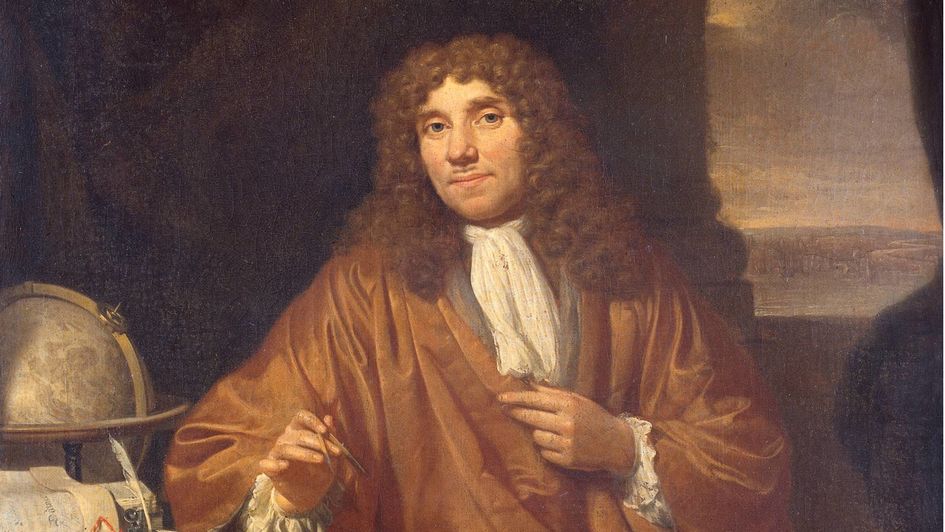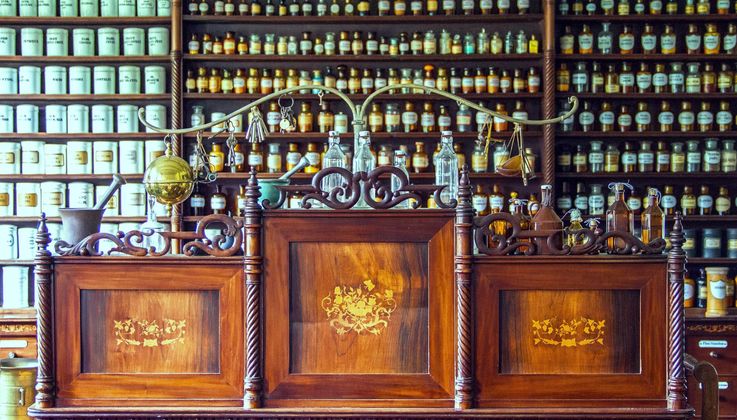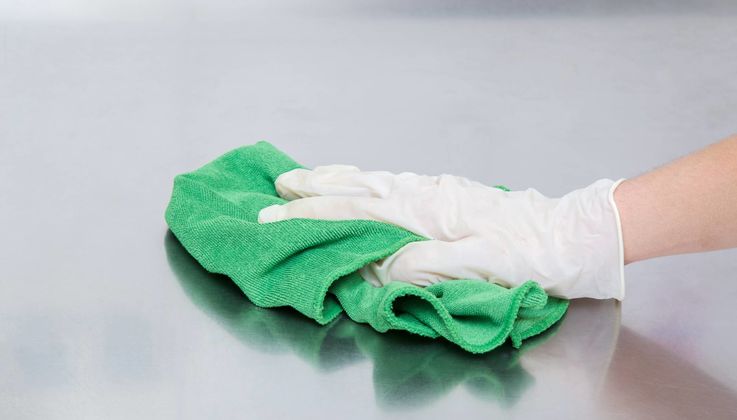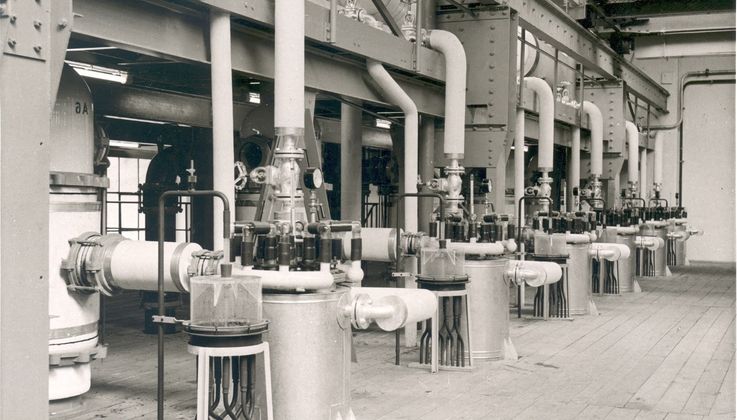
The history of disinfection
The discovery of bacteria
Until bacteria were discovered in 1860, infectious diseases were poorly understood. However, the first attempts at medical disinfection made during this time yielded positive results.
Antoni van Leeuwenhoek (1632-1723), a cloth merchant from Belgium, afforded humanity a glimpse into a new world: using microscopes he had built himself, he studied pond and rainwater in 1675, discovering what he described as little animals (“animalcula”) – protozoa and bacteria. Later, he also observed microorganisms in human saliva and dental plaque. It was apparently a life-altering experience: from then on, Leeuwenhoek rubbed his teeth with salt and killed bacteria by gargling with vinegar.

Antoni van Leeuwenhoek (1632-1723) is deemed to be the discoverer of bacteria
Nevertheless, it took roughly 200 years for people to recognize the significance of microorganisms as causes of disease. Scholars in those days instead continued to believe in the theory of miasmas, which held that epidemics were caused by toxic emanations from the ground.
Bacteria in the focus of medicine
It was not until 1847/1848 that surgeon Ignaz Semmelweis (1818-1865) managed to prove that disinfection could contain the spread of disease. He instigated a policy requiring all physicians in the maternity clinic at the General Hospital in Vienna to wash their hands with chlorinated lime before each examination. The mortality rate then fell from up to 30 % to just 1.3 %.
Physician Robert Koch (1843-1910) was the first to conduct a systematic search for the microorganisms responsible for diseases. His discovery of the tuberculosis pathogen (Mycobacterium tuberculosis) finally proved the correlation.
The research work of Louis Pasteur (1822-1895) revealed the bacteriological roots of fermentation and decay. In addition, he also developed his eponymous pasteurization process, in which food could be disinfected and preserved by briefly heating it.
Scottish surgeon Joseph Lister (1827-1912) began successfully using phenol to disinfect wounds prior to operating.
Public health care emerges
In the middle of the 19th century, governments finally began recognizing the need for the systematic development of public health care systems. In order to deprive disease of what it needs to spread, garbage and sewage were eliminated from cities, and greater attention was paid to supplies of clean drinking water.
Toward the end of the 19th century, the use of sterilizers, sterile materials, and disinfectants for hands and wounds became more common in medicine.
The last major cholera outbreak in Germany came in 1892. Around 17,000 residents of Hamburg had become infected from drinking water that had been taken from the Elbe River unfiltered – over 8,600 died. Medical authorities distributed leaflets with precautions to take, tank cars distributed boiled water, street vendors offered bacteria-free meals in public squares. Streets and buildings were disinfected with a variety of chemicals, such as chlorinated lime, phenol, Lysol, and Creolin.



